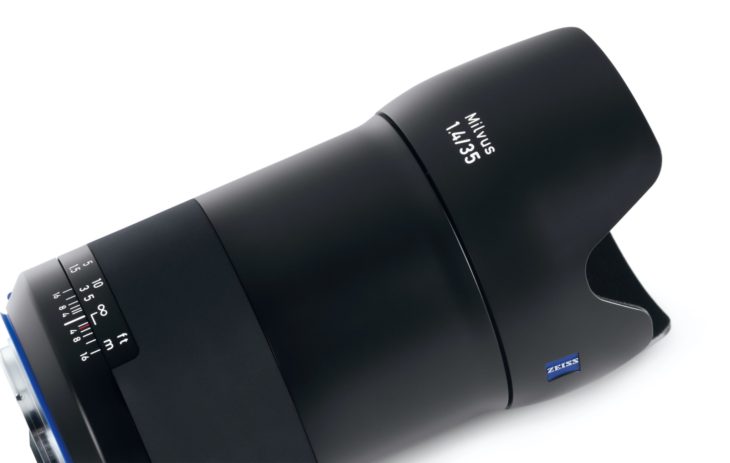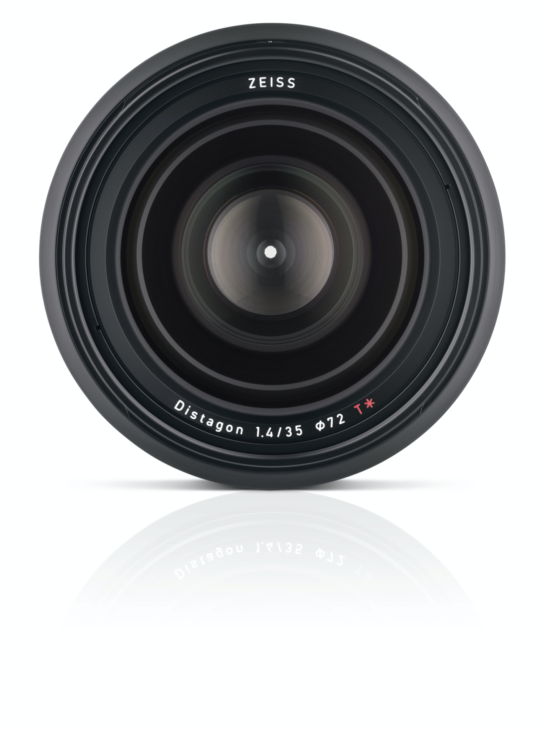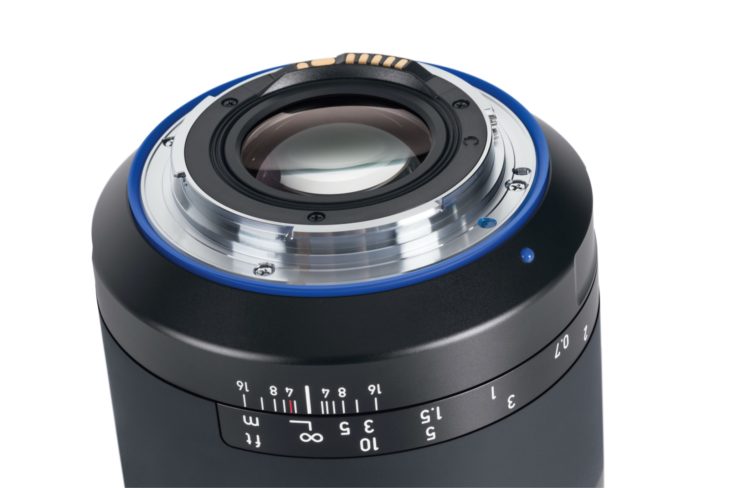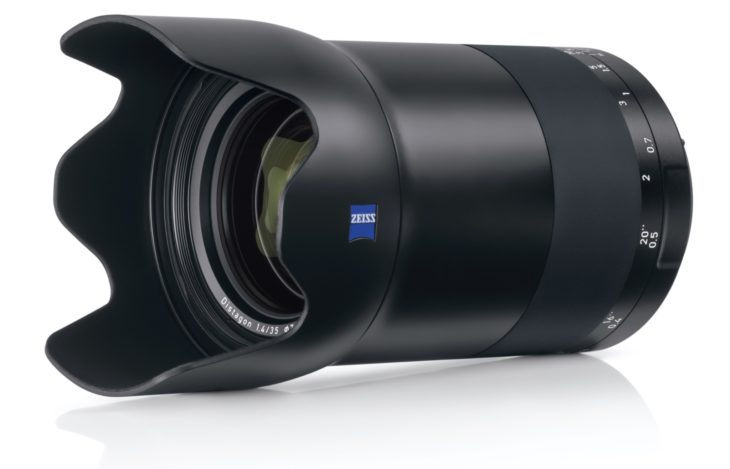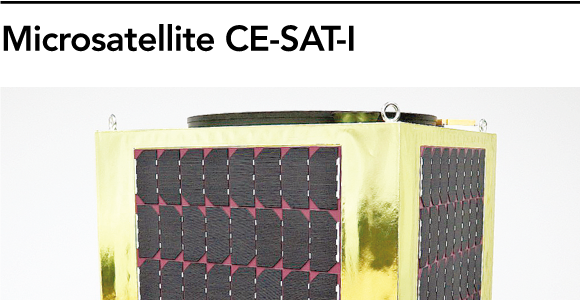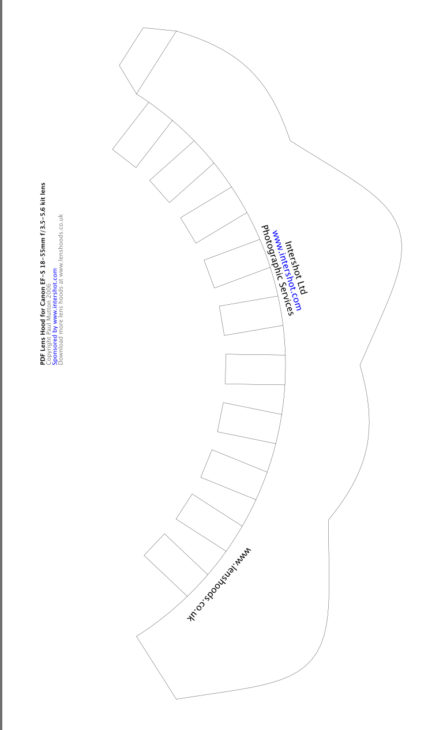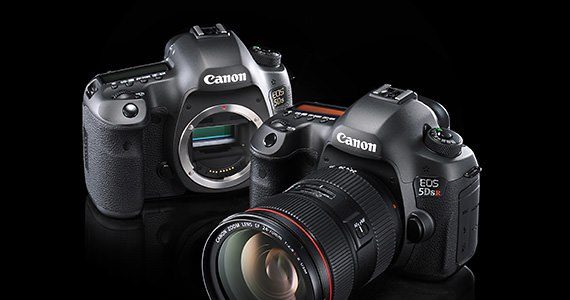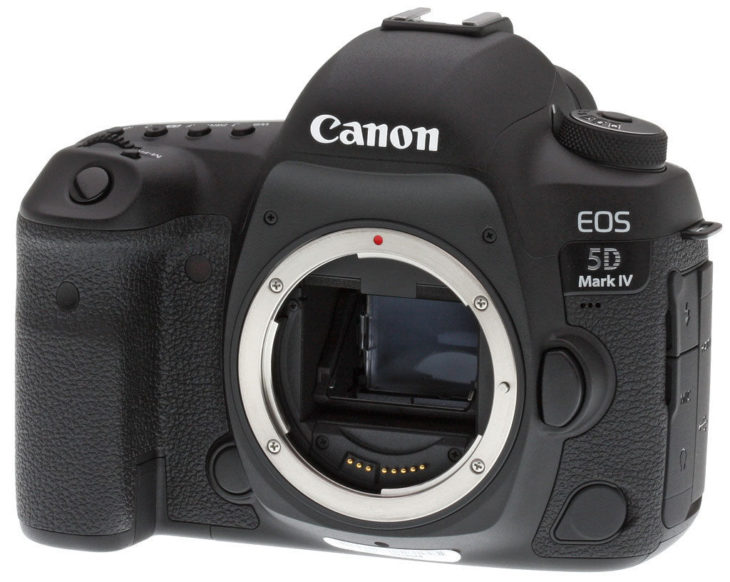Zeiss Milvus 35mm f/1.4 officially announced ($1999)
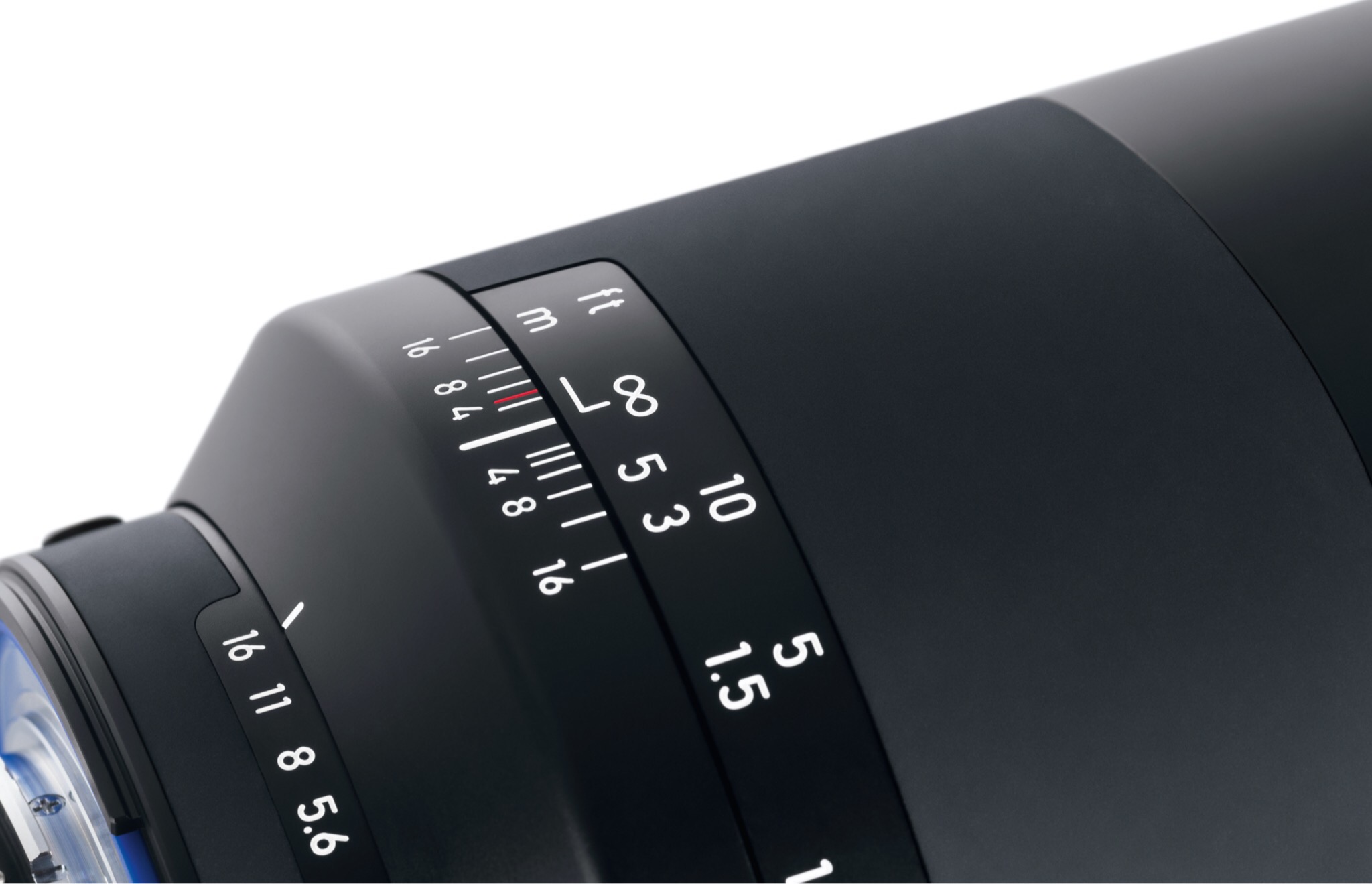
At a glance:
- EF-Mount Lens/Full-Frame Format
- Aperture Range: f/1.4 to f/16
- One Aspherical Element
- Five Low Dispersion Elements
- Zeiss T* Anti-Reflective Coating
- Manual Focus Design
- Anodized Metal Barrel, Rubber Focus Ring
- Weather-Sealed Construction
- Rounded 9-Blade Diaphragm
After the leaked picturs ahead of the announcement, now Zeiss has officially announced the new Zeiss Milvus 35mm f/1.4 lens. The ZEISS Milvus 1.4/35 will be available from specialist dealers and in the ZEISS Online Shop from July 2017. The recommended retail price is €1,999/$1,999. You can download sample photos here.
Pre-order links for the Milvus 35mm f/1.4: B&H Photo | Adorama
Zeiss press release:
ZEISS Milvus 35mm f/1.4 Camera Lens for DSLR Cameras
The tenth lens in the ZEISS Milvus series for DSLR cameras already shows its many benefits at full aperture
OBERKOCHEN/Germany, 2017-06-21.
ZEISS has launched a new lens for full-frame DSLR cameras from Canon and Nikon on the market: the ZEISS Milvus 1.4/35. Now the tenth lens in the Milvus family, the ZEISS Milvus 1.4/35 is particularly suitable for portrait photography thanks to its speed. “The high maximum aperture enables the subject to stand out clearly against the background, and the photographer can achieve creative combinations of focus and blur,” says Christophe Casenave, Product Manager at ZEISS. “The manual focus enables very exact focusing, and the creamy bokeh provides an excellent image look. And even at full aperture the image quality leaves nothing to be desired.” The ZEISS Milvus 1.4/35 is also perfectly at home in landscape photography: “The 35-millimeter focal length is a genuine all-rounder.” Like all lenses in the ZEISS Milvus family, it is protected against dust and splashes and, according to Casenave, even bad weather is no problem. The metal barrel gives the lens its robust and durable character.
Practically no chromatic aberrations thanks to a new optical design
With aspherical lens elements, special glass materials and advanced correction, ZEISS has given the lens a completely new optical design. “This means the photos are practically free from chromatic aberrations,” says Casenave. Thanks to their excellent edge-to-edge imagery the ZEISS Milvus lenses are designed for high-performance digital cameras. “The resolutions of camera sensors are constantly becoming higher, and this also increases the demands made on the lenses. For ZEISS Milvus lenses this is no problem. They are a solid investment in the future.”
Also suitable for filming
The ten lenses in the ZEISS Milvus family, ranging between 15 and 135 millimeters, are also suitable for film productions: the manual focus with a large rotation angle can be operated with the aid of a ZEISS Lens Gear with a follow-focus system. The de-click function allows the aperture to be set continuously in the version for Nikon3 cameras. A further benefit for filming: ZEISS has matched the color characteristics of the ten lenses. Filmmakers can therefore switch between the focal lengths and still have a uniform color look. “This facilitates editing enormously,” says Casenave.
Price and availability
The ZEISS Milvus 1.4/35 will be available from specialist dealers and in the ZEISS Online Shop from July 2017. The recommended retail price is 1,999 euros.
You can find further information at www.zeiss.com/photo/milvus1435

